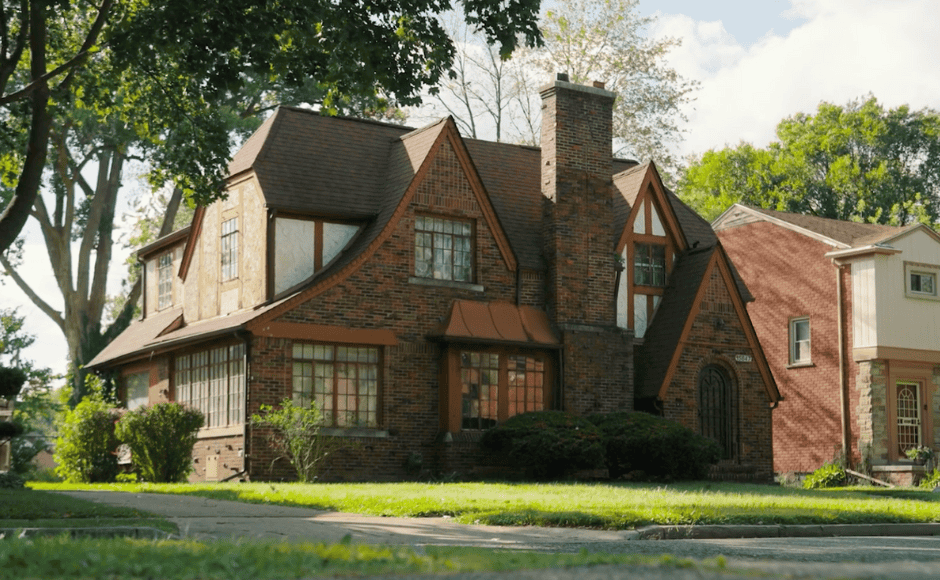
When you look at a beautiful historic building, it’s easy to appreciate its craftsmanship and unique details. But for those living in these homes or managing them as rental properties , there’s a hidden hazard to address: lead poisoning. Many contain lead-based paint, which can create dangerous lead dust and paint chips when it deteriorates or is disturbed. Ensuring these buildings are safe by preventing exposure—especially for families with young children and pregnant people—requires a careful approach that balances health and historic preservation.
Why historic properties have a higher risk of lead exposure
Historic properties are particularly susceptible to lead hazards for several key reasons, including:
Age of construction
Buildings constructed before 1978 are more likely to contain lead-based paint, with the highest likelihood in houses built before 1950. Intact paint may not pose an immediate hazard, but peeling and chipping surfaces create dangerous lead dust and debris that small children can easily ingest.
Friction surfaces
Lead-based paint on surfaces that rub together is especially likely to create lead dust. This includes paint found on windows, sashes, frames, doors, doorframes, stair treads, railings, baseboards, and floors. Rubbing, opening, or closing these building features can grind paint into a fine dust that settles on sills and floors where children can become exposed.
Outdoor soil and play areas on historic properties
Soil and playgrounds can be significant sources of lead exposure, especially for children. Lead primarily enters the soil when exterior lead-based paint chips or flakes near the foundations of older buildings Historic use of leaded gasoline and nearby past industrial activities can also leave lasting contamination.
Once in the soil, lead can be ingested by children through normal hand-to-mouth activity or by consuming vegetables grown in contaminated gardens. Lead-contaminated soil and dust can also be tracked into homes on shoes, toys, tools, clothing, and pets’ paws, where it becomes indoor dust, increasing the risk of exposure.
Renovation risks
Renovation and remodeling are among the leading risk factors for lead poisoning. In older buildings, activities such as sanding, cutting, or demolition can disturb layers of lead-based paint and spread significant amounts of hazardous lead dust and debris throughout the home. Because of this, the U.S. Environmental Protection Agency requires renovation work in buildings built before 1978 to be performed using lead-safe practices by certified contractors (this does not apply to homeowners completing projects in their own homes).
What historic property owners can do
- Hire a certified lead risk assessor: Certified risk assessors can complete a lead inspection risk assessment (LIRA), which identifies hazards and provides a plan for the safest way to remediate.
- Review the LIRA: The report will outline whether interim controls (such as repairs or paint stabilization) or full lead abatement is needed. This becomes the plan your contractor will follow.
- Hire a certified lead abatement contractor: Only state-certified firms can perform lead abatement. Contractors use the remediation plan to complete the job safely and with preservation-minded abatement practices that protect historic details. Once the work is complete, a state-certified lead inspector or risk assessor will conduct clearance testing to confirm the property is lead safe.
Get financing to remove lead from your Michigan historic property
If you’re a historic property homeowner or rental property owner in Michigan, you may qualify for lead abatement financing through the Lead Poisoning Prevention Fund (Lead Fund). The Lead Fund offers free lead inspections and risk assessments, as well as a 50/50 cost-share incentive that will cover 50 percent of your lead abatement project costs. Learn more.




